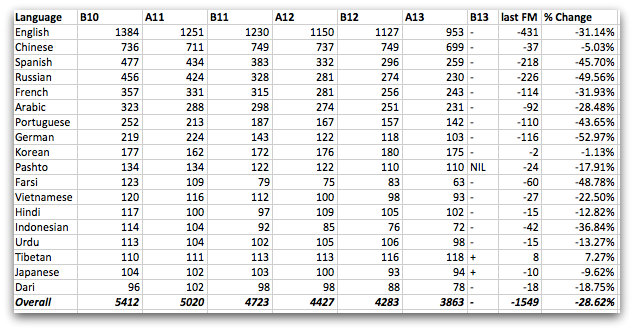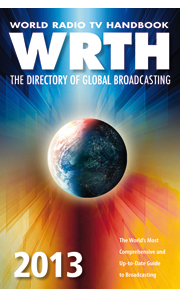 I just received my copy of the 2013 WRTH directly from the publisher. As many SWLing readers know, I look forward to receiving this staple radio reference guide, and this year it even arrived early. While other reference guides have pulled out of the scene, WRTH has remained strong, resistant to the economy’s negative influence upon radio, and their quality, too, has been consistent. Not only does WRTH have a loyal readership among hobbyists, but also among commercial broadcasters.
I just received my copy of the 2013 WRTH directly from the publisher. As many SWLing readers know, I look forward to receiving this staple radio reference guide, and this year it even arrived early. While other reference guides have pulled out of the scene, WRTH has remained strong, resistant to the economy’s negative influence upon radio, and their quality, too, has been consistent. Not only does WRTH have a loyal readership among hobbyists, but also among commercial broadcasters.
WRTH’s team of noted DXers from around the world curate frequencies and broadcaster information by region; while I’m not sure how they orchestrate all of this, the end result is truly a symphony of radio information. In addition to broadcaster listings, WRTH’s radio reviews, feature articles, and annual HF report make for excellent reading.
With that said, I dived into the reference’s reviews first, as the writers often test radios that I never have the privilege to test in my shack, such as units out of Europe. This issue is no exception: WRTH reviewed the Cross Country Wireless SDR-4+, the Afedri SDR-Net, and one I have tested, the Bonito 1102S Radiojet––all receivers from smaller manufacturers throughout Europe.
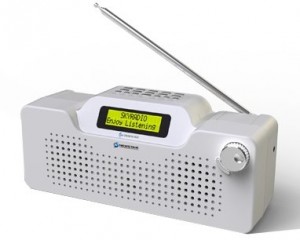
The DR111 DRM Radio (Photo: Chengdu NewStar Electronics)
Although WRTH notes that there have been very few new additions to the tabletop or portable market for 2013 (I absolutely agree), it does cover the Newstar DR111 portable DRM receiver.
Low-band DXers who like experimenting with antennas will be happy to see that they also test the Wellbrook FLG100LN. Since 2009, WRTH has given attention to Internet radios, as many readers use these to supplement their SWLing; I certainly do. In this edition, WRTH reviews the Pure ‘One Flow’ and the Roberts Stream 83i, which they give their WRTH 2013 Best Internet Radio Award. Congratulations!

The Racal RA-3791 (Photo: Firmenprospekt)
WRTH also turns their reviewers toward some classic 1990s DSP receivers, like the Racal RA3791, the Marconi H2550, the STC STR8212, and the Rohde & Schwarz EK 085. I find these reviews, in particular, invaluable as a reference. Although many of these radios float around in the used radio market, I’m usually reluctant to invest in a product that was originally produced in smaller numbers, often for commercial/government use. If you’re knowledgeable enough to choose the right one, however, you could get benchmark performance at an excellent cost. Plus–well, let’s face it–they look cool. 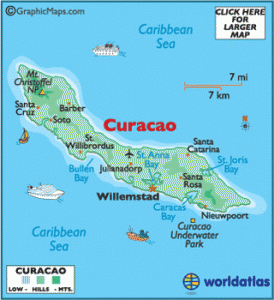
I always enjoy WRTH’s human-interest articles as well. In this edition, WRTH features the Children’s Radio Foundation, who strive to give African youth a voice on the radio. As the director of a radio charity myself, I know the good folks at the Children’s Radio Foundation, and can assure you that you’ll love reading about their mission this holiday season; it’s very heart-warming.
WRTH also features an article on the island of Curacao and another on the new clandestine station, Khmer Post Radio.
Of course, WRTH also includes their digital update and HF propagation report.
All in all, this is another great edition of the World Radio TV Handbook. As I’ve said before, though I use online frequency databases fairly regularly, there is no replacement for a good printed frequency guide. Not only does WRTH contain more in-depth information on broadcasters and schedules, but it makes for quick reference, and doesn’t require a computer or Internet connection…much like your shortwave radio.
Purchase your copy of WRTH 2013 directly from WRTH’s publishers, or from a distributor like Universal Radio (US) or Radio HF (Canada). Happy reading!
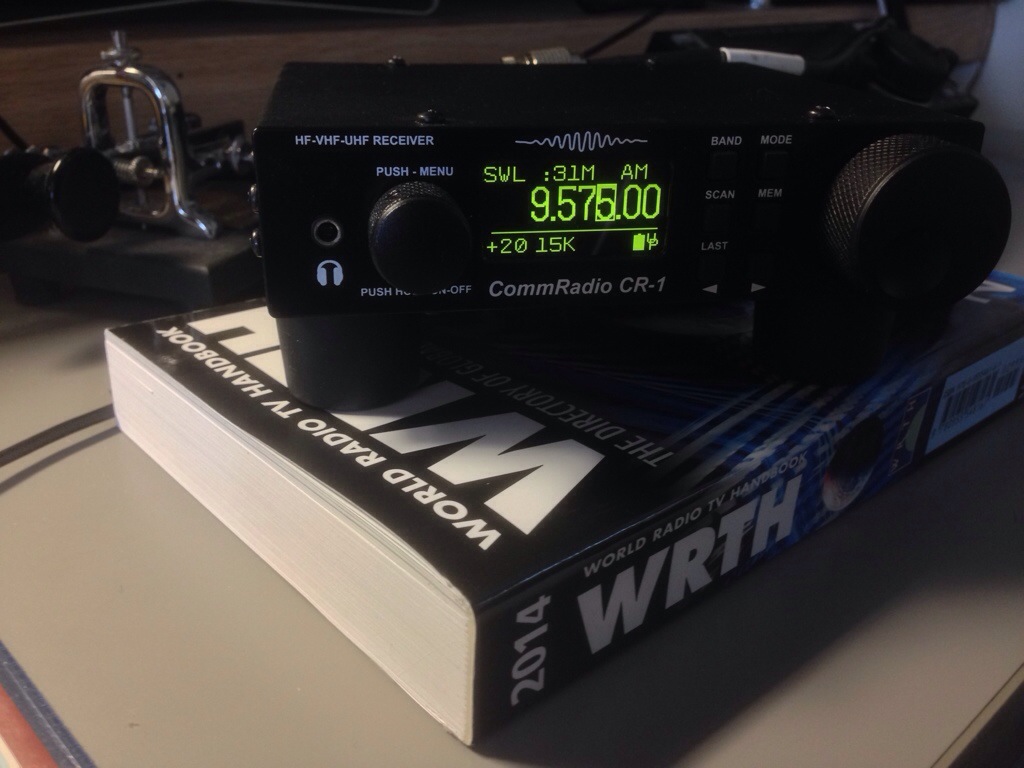

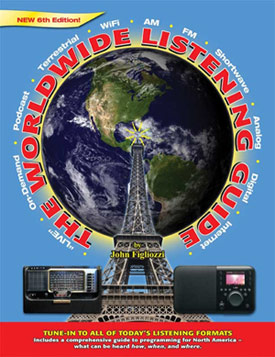 I’m very pleased to have just received the 6th edition of John Figliozzi’s
I’m very pleased to have just received the 6th edition of John Figliozzi’s 
